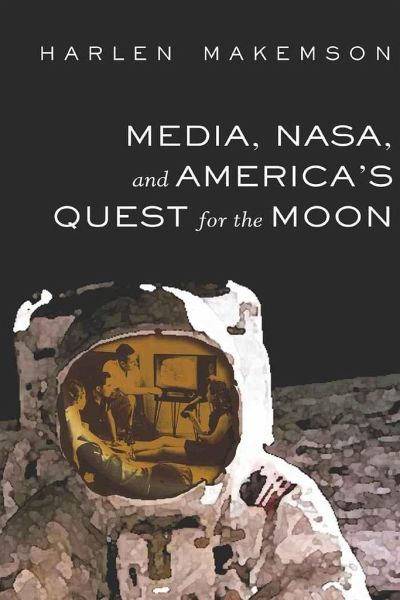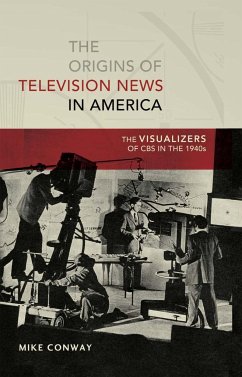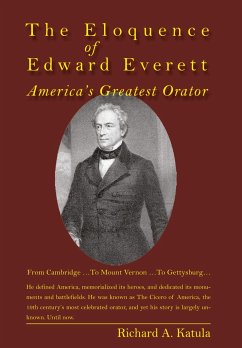
Media, NASA, and America's Quest for the Moon
Versandkostenfrei!
Versandfertig in 6-10 Tagen
78,45 €
inkl. MwSt.

PAYBACK Punkte
0 °P sammeln!
When Apollo 11 landed on the moon in July 1969, it capped not only the most remarkable engineering feat in history, but also a decade-long battle over how much access the press and public should have to the manned space program. Now, forty years after an awed world watched Neil Armstrong and Buzz Aldrin bounce across the surface of the moon, this book tells the behind-the-scenes story of how NASA and the U.S. media were often at odds, but ultimately showed extraordinary cooperation in bringing the story of lunar conquest to the world. Drawing upon rich historical sources from NASA, journalists...
When Apollo 11 landed on the moon in July 1969, it capped not only the most remarkable engineering feat in history, but also a decade-long battle over how much access the press and public should have to the manned space program. Now, forty years after an awed world watched Neil Armstrong and Buzz Aldrin bounce across the surface of the moon, this book tells the behind-the-scenes story of how NASA and the U.S. media were often at odds, but ultimately showed extraordinary cooperation in bringing the story of lunar conquest to the world. Drawing upon rich historical sources from NASA, journalists, and television networks, this book sheds new light on how media shaped how we saw America's great adventure in space, and raises contemporary questions about the role of information in a free society.












